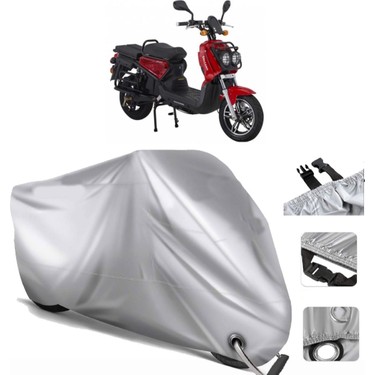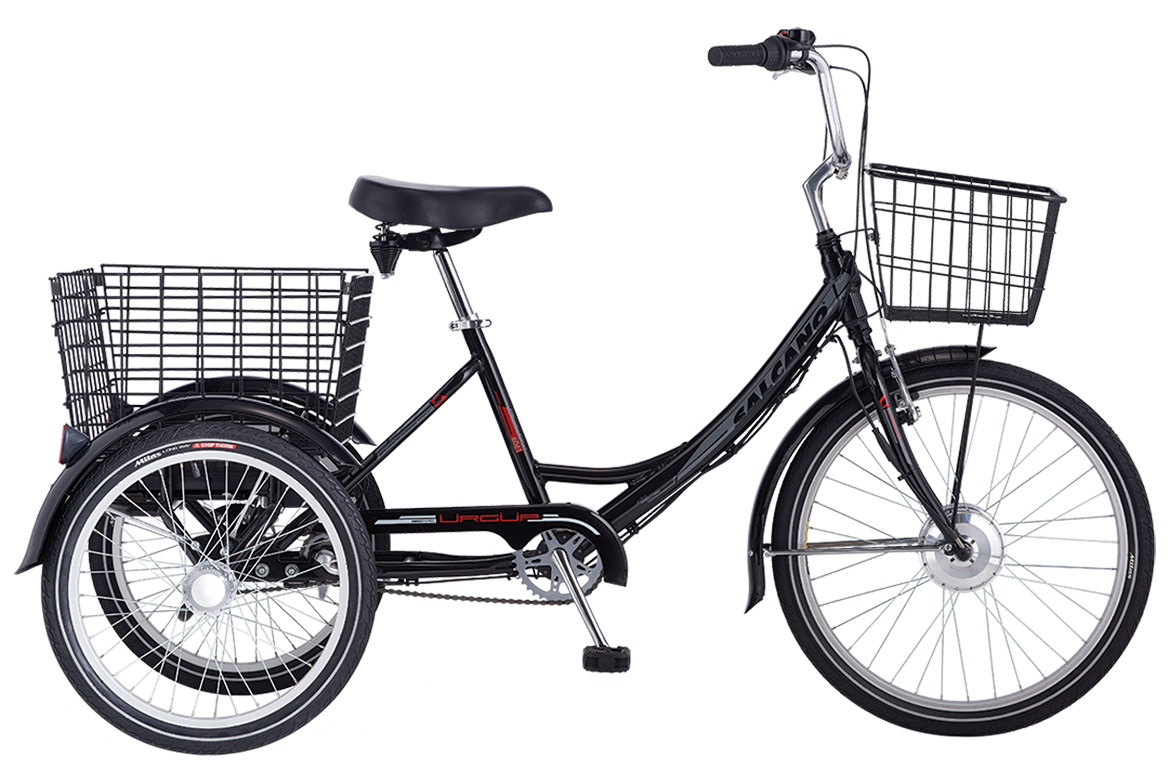
Salcano E-Nova 3.0 Elektrikli Motor Brandası (Kilit Uyumlu (457270349) Fiyatları, Özellikleri ve Yorumları | En Ucuzu Akakçe

Salcano Power 2.0 2000 W Elektrikli Motor 24.000 TL Sahibinden Satılık İkinci El Osmaniye - 1100751512

ELEKTRİKLİ BİSİKLETLER BEYİNLER AKÜLER TANITIMLAR ELEKTRİKLİ BİSİKLET DAHA HIZI NASIL ARTAR - SALCANO ELEKTRİKLİ BİSİKLET ELEKTRİKLİ SCOTER

SALCANO ELEGANT 2.0 | ELEKTRİKLİ SCOOTER İNCELEMESİ | EHLİYET GEREKİR Mİ ? | İKİ BİSİKLETLİ - YouTube


















